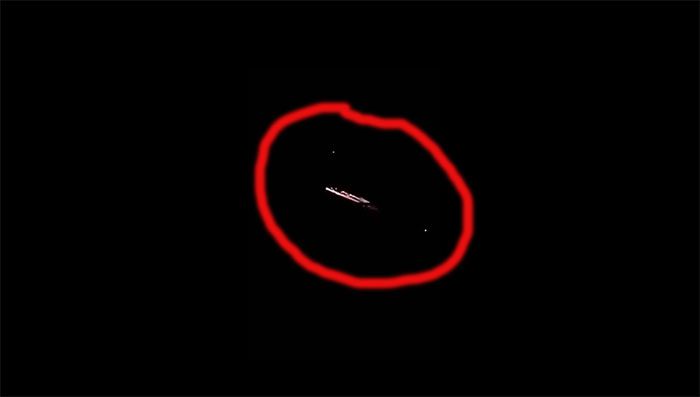The second stage of the Falcon 9 rocket, launched in 2017, re-entered the atmosphere and burned up completely before reaching the ground.
The Falcon 9 rocket stage burns up in the sky over Mexico. (Video: Twitter/Frontera Espacial)
The upper stage of the Falcon 9 rocket (SpaceX) appears to have dissolved safely in the sky over northern Mexico on February 6. This rocket was used to launch the Echostar 23 satellite into space in March 2017.
SpaceX and CEO Elon Musk have not yet responded to the incident. However, the Aerospace Corporation, a U.S. organization that monitors the re-entry of satellites and spacecraft, has confirmed that the Falcon 9 rocket stage re-entered the atmosphere.
The Echostar 23 satellite was launched to a geostationary transfer orbit at an altitude of approximately 35,900 km, aimed at a position above the equator at 45 degrees west longitude. Its mission is to provide broadcasting, internet, and other communication services to Brazil. The satellite is still operational and is expected to last for at least another decade, according to NASA.

The Falcon 9 rocket stage re-entering the atmosphere.
Rocket stages or other types of space debris re-entering the Earth’s atmosphere and burning up is not an unusual occurrence. Last year, another Falcon 9 rocket stage also broke apart in the sky over Seattle, USA, in a similar manner.
Another SpaceX rocket stage is predicted to soon crash into the Moon. This is the upper stage of the Falcon 9 rocket, which has been floating in orbit since SpaceX launched a weather satellite in 2015. Due to the Moon’s lack of a thick atmosphere compared to Earth, it is likely that the impact will create a new crater. If so, spacecraft orbiting the Moon, such as NASA’s Lunar Reconnaissance Orbiter and India’s Chandrayaan-2, may be able to observe this crater.




















































